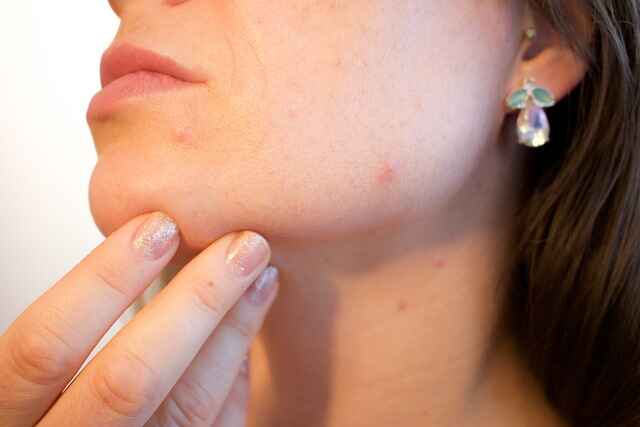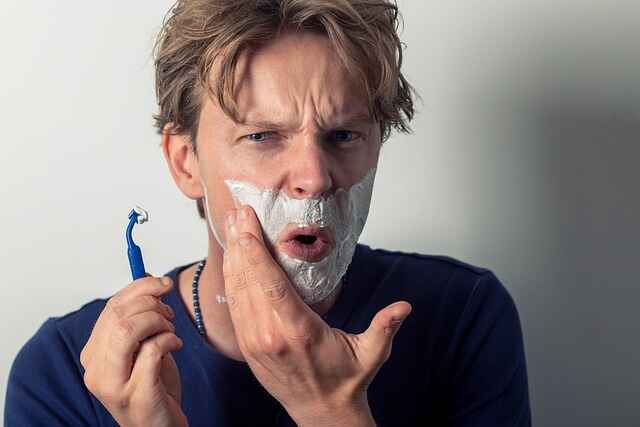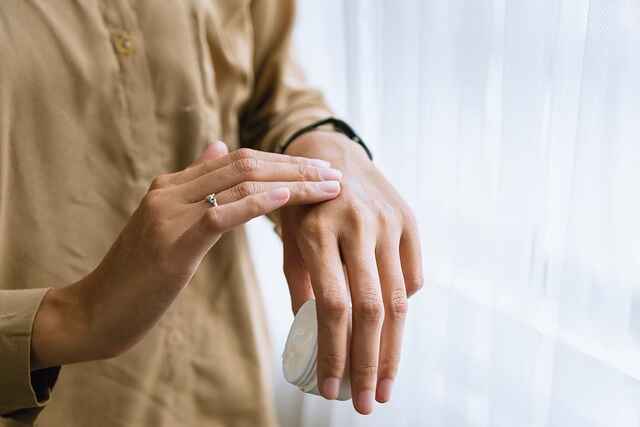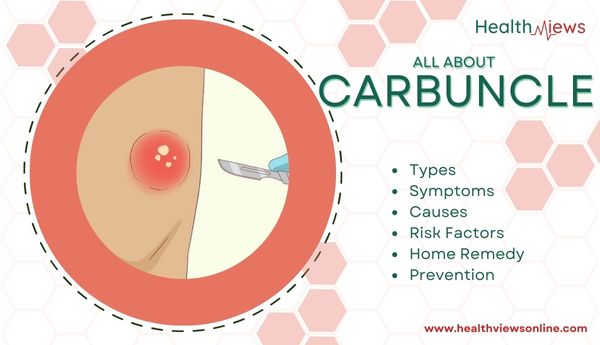What is a carbuncle?
When bacteria invade and irritate one or more of your hair follicles, a painful, pus-filled swelling under your skin known as a boil develops. A carbuncle is a collection of boils that join to produce an infected region beneath the skin.
Boils (furuncles) typically start off as sensitive, reddish, or purplish bumps. Before they rupture and discharge, the lumps quickly fill with pus, enlarging and becoming more painful. The face, back of the neck, armpits, thighs, and buttocks are the regions most prone to be impacted. Source
Types of Carbuncles
- Superficial Carbuncles – They are less likely to leave a deep scar because they have multiple openings on the skin’s surface.
- Deep Carbuncles – They are more likely to scar significantly
Also Read: Kalmegh Health Benefits, Health Properties, Precautions & Side Effects

What causes Carbuncles
Carbuncles are typically caused by the Staphylococcus aureus bacteria, which live on the skin’s surface, in the throat, and in the nasal passages. These bacteria, also known as staph, enter the body primarily through a hair follicle, small scrape, or puncture wound and cause an infection that leads to carbuncles and furuncles.
The bacteria that cause this condition are very contagious. As a result, members of the same family may develop carbuncles at the same time. The cause of a carbuncle is frequently unknown.
Boils can form where the skin has been broken by a minor injury or an insect bite, allowing bacteria easy access.
Risk Factors
Being in close proximity to someone who has a carbuncle raises your chances of getting one. The risk of developing a carbuncle is also increased by the following factors:
- Diabetes
- Poor hygiene
- Weakened immune system
- Contact with a person who has a staph infection
- Kidney disease with dermatitis
- A disease of the liver
- Shaving and other skin-breaking activities
- Are associated with skin disorders such as eczema Source

Symptoms
The most noticeable sign of a carbuncle is a red, bloated, inflamed lump under the skin that is typically uncomfortable to touch. The carbuncle swiftly grows in size and fills with pus, varying in size from the size of a lentil to a medium-sized mushroom.
A yellow-white tip or “head” eventually forms on the carbuncle, which will burst and release the pus.
Additional signs include:
- Itching before a bulge is visible
- Fever
- fatigue
- Body pains
- Oozing or crusting on the skin
- Swelling of the carbuncle’s surrounding parts
Diagnosis
Usually, a carbuncle can be identified by your doctor simply by looking at your skin. A pus sample may also be collected for laboratory evaluation.
It’s necessary to record the duration of your carbuncle. If it has persisted longer than two weeks, let your doctor know. Also, let them know if you’ve ever experienced the same symptoms.
If you continue to have carbuncles, it could be an indication that you have diabetes, renal, or liver problems, among other conditions. In these circumstances, the doctor may perform additional urine or blood tests to evaluate your general health. Source
Also Read: All About Himalayan Keeda Jadi: Health Benefits, Uses & Nutrition
Treatment
To treat your carbuncle, your doctor may choose from the following medical procedures:
Antibiotics These are used topically or taken by mouth. drugs that reduce pain. Usually, over-the-counter medicines are adequate. Soaps that fight bacteria. You could be advised to include these in your everyday cleaning routine. Surgery. With a knife or needle, the doctor may drain deep or sizable carbuncles.
Home Remedy

- Apply heat to the boil
- Use antibacterial and antiseptic effects such as turmeric powder and tea tree oil.
- Use Caster oil and neem oil
- Raw onion helps to prevent scarring as the boil heals.
- The antibacterial properties of fresh garlic may aid in the healing and prevention of infection in boils
- Ginger may be useful in treating skin germs and other possible infections
- Cleaning boil aid in preventing the accumulation of bacteria or other potentially hazardous elements from entering it and leading to an infection Source
Prevention
- Regularly wash your hands.
- Do not exchange washcloths and towels with family members.
- Don’t allow anyone else to lie on your bed sheets.
- After touching your carbuncle, wash your hands.
- Wash your hands with antibacterial soap, especially after touching your carbuncle.
- Avoid squeezing or pricking the carbuncle’s head.
- Prevent close physical contact between you and your carbuncle.
- Dressings and bandages that are on your carbuncle should be carefully bagged and thrown away.
Want to know about other skin disorders? Check out Skin Problems on Health Views Online.





